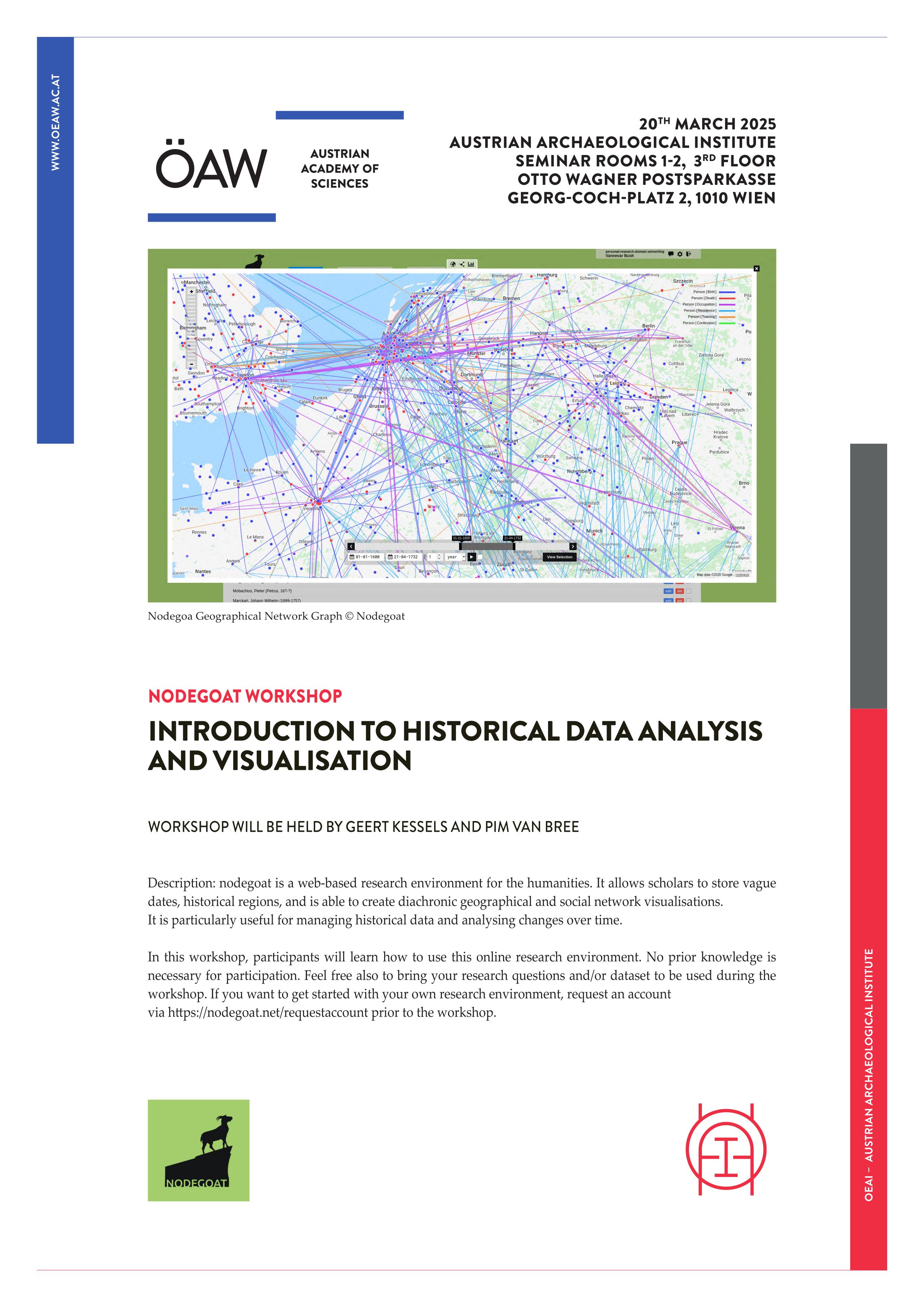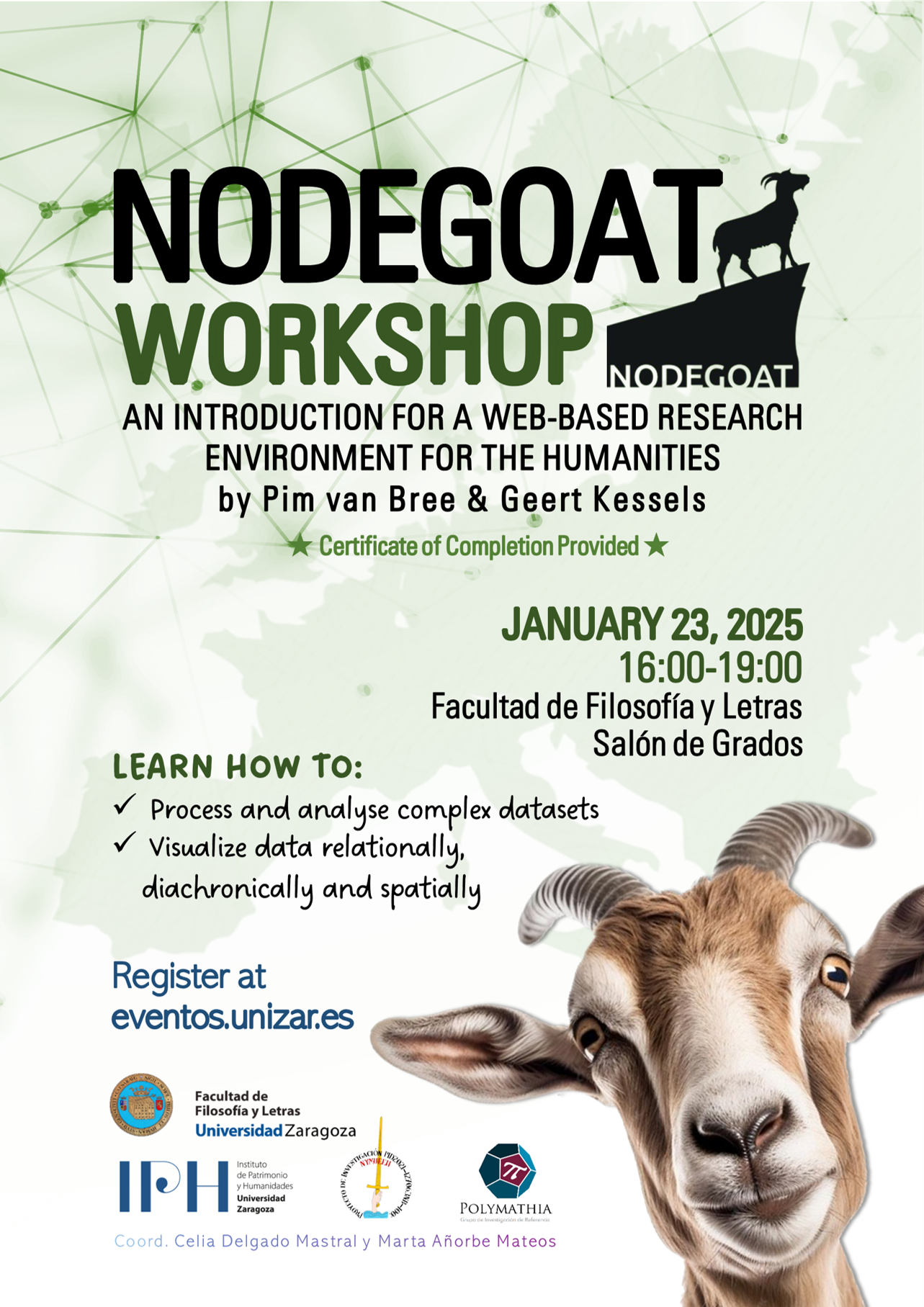Visualisation of the Lifes of Members of the US House of Representatives
CORE AdminThis interactive data visualisation explores the movements of 10.896 Representatives of the United States Congress, from Roger Sherman's birth in 1721 up until all its members in 2015. This visualisation was created by LAB1100 in their research platform nodegoat.
The Representatives move from their place of birth to their place of education and finally to their possible place of death.
To showcase the data visualisation and data analysis features of nodegoat, we queried Wikidata to get a dataset of all the members of the US House of Representatives, including their date and place of birth and death, their professions, and the institutes where they took their education. This dataset was subsequently cleaned and imported into nodegoat to create this captivating visualisation.
Click here to open the interactive visualisation.


